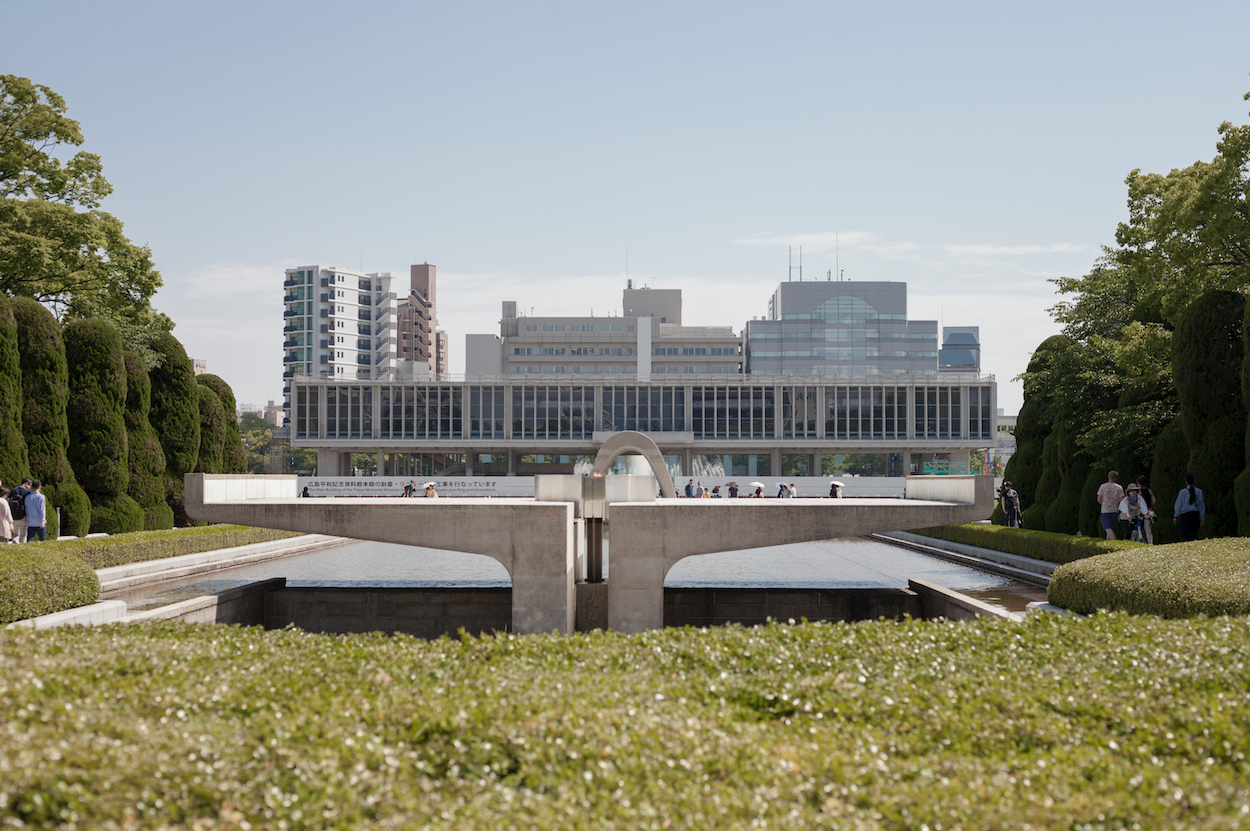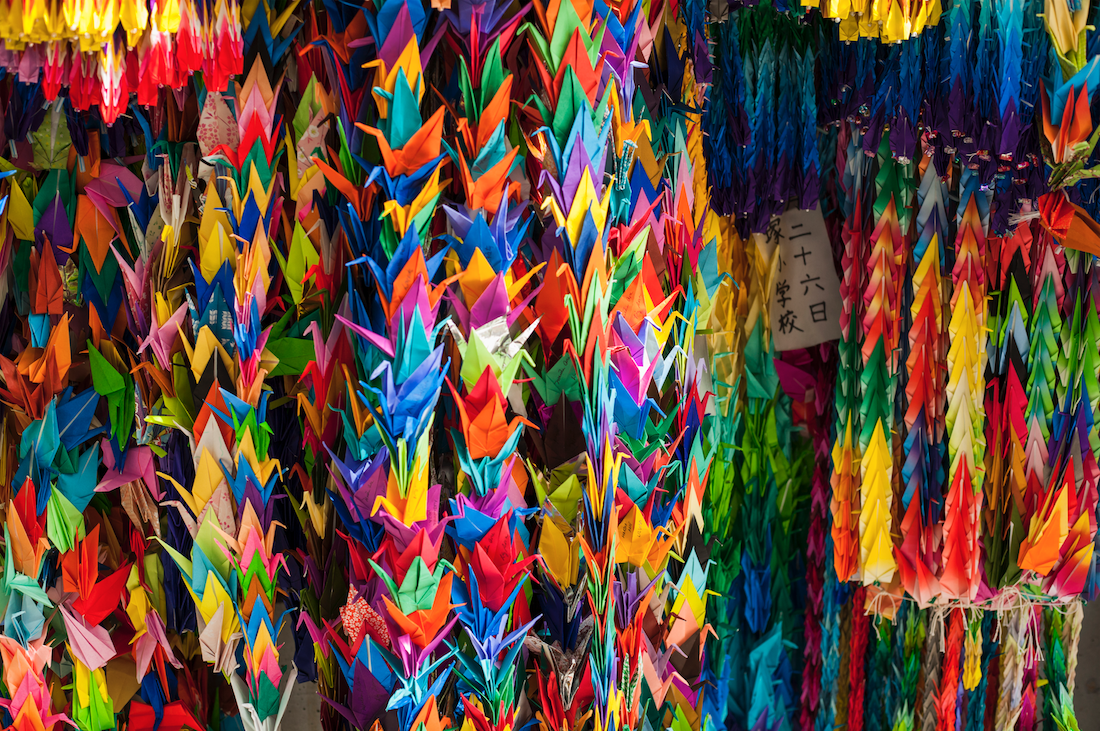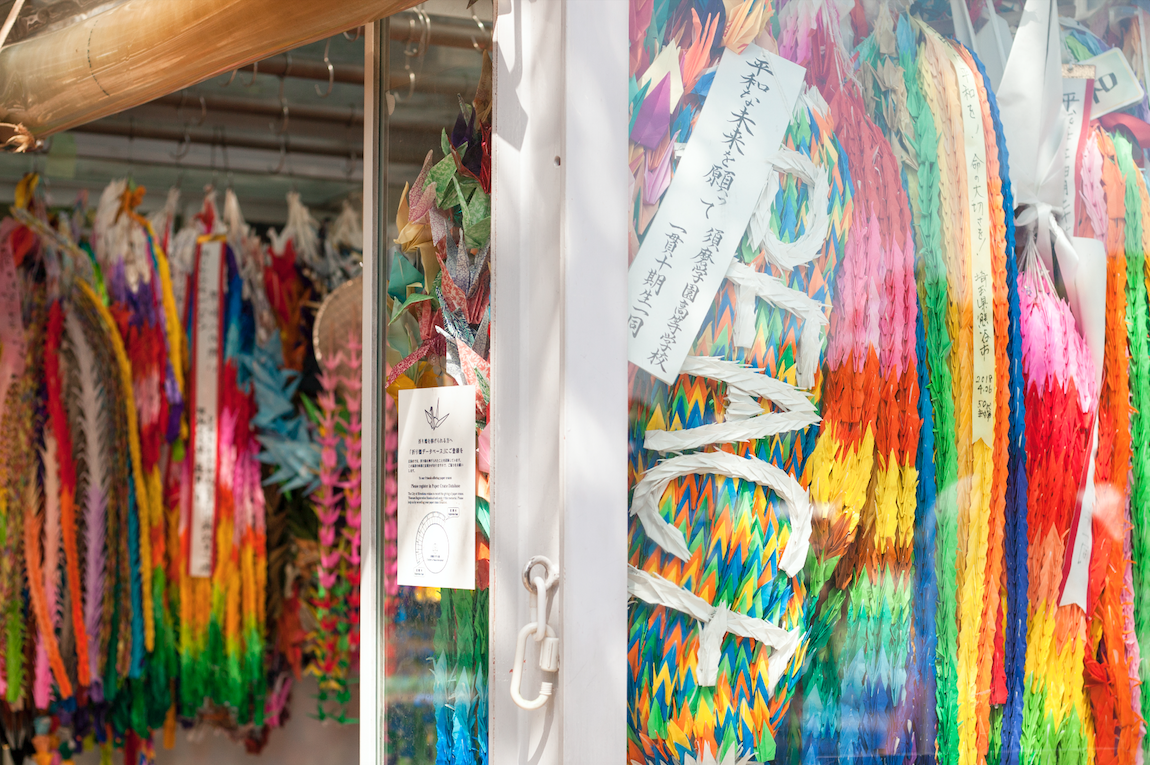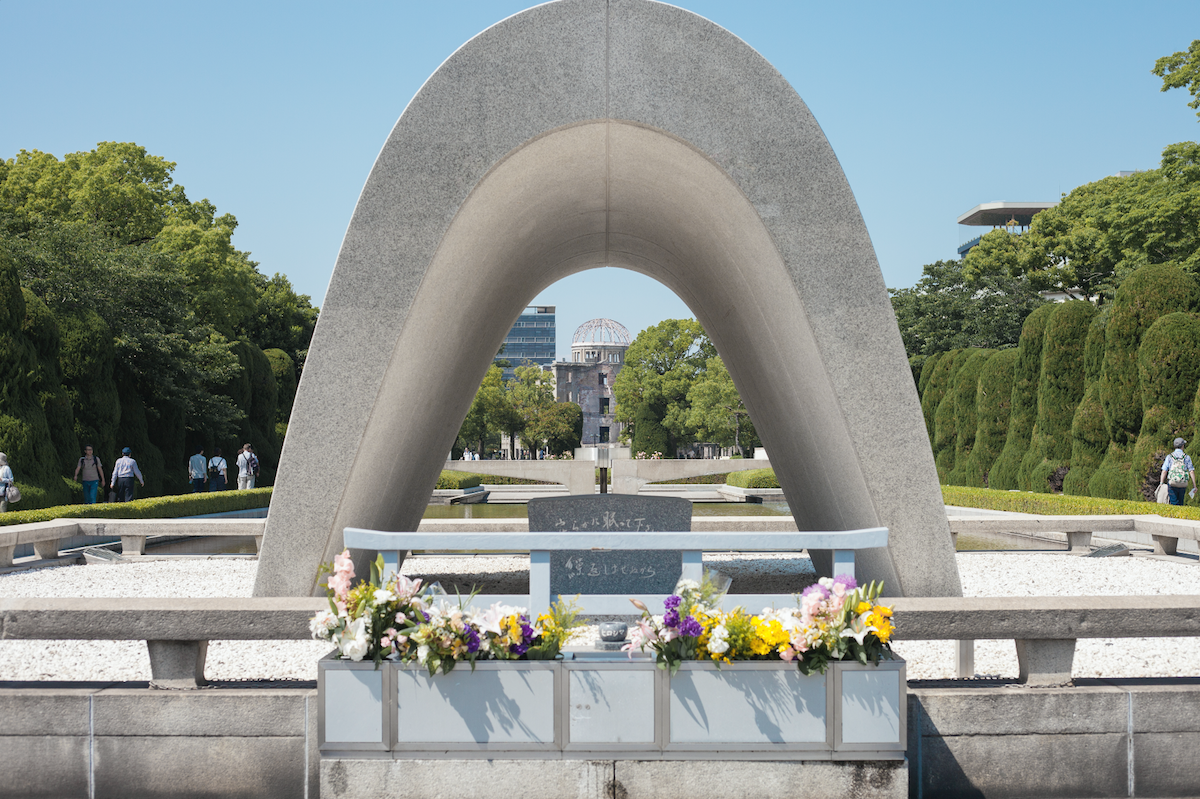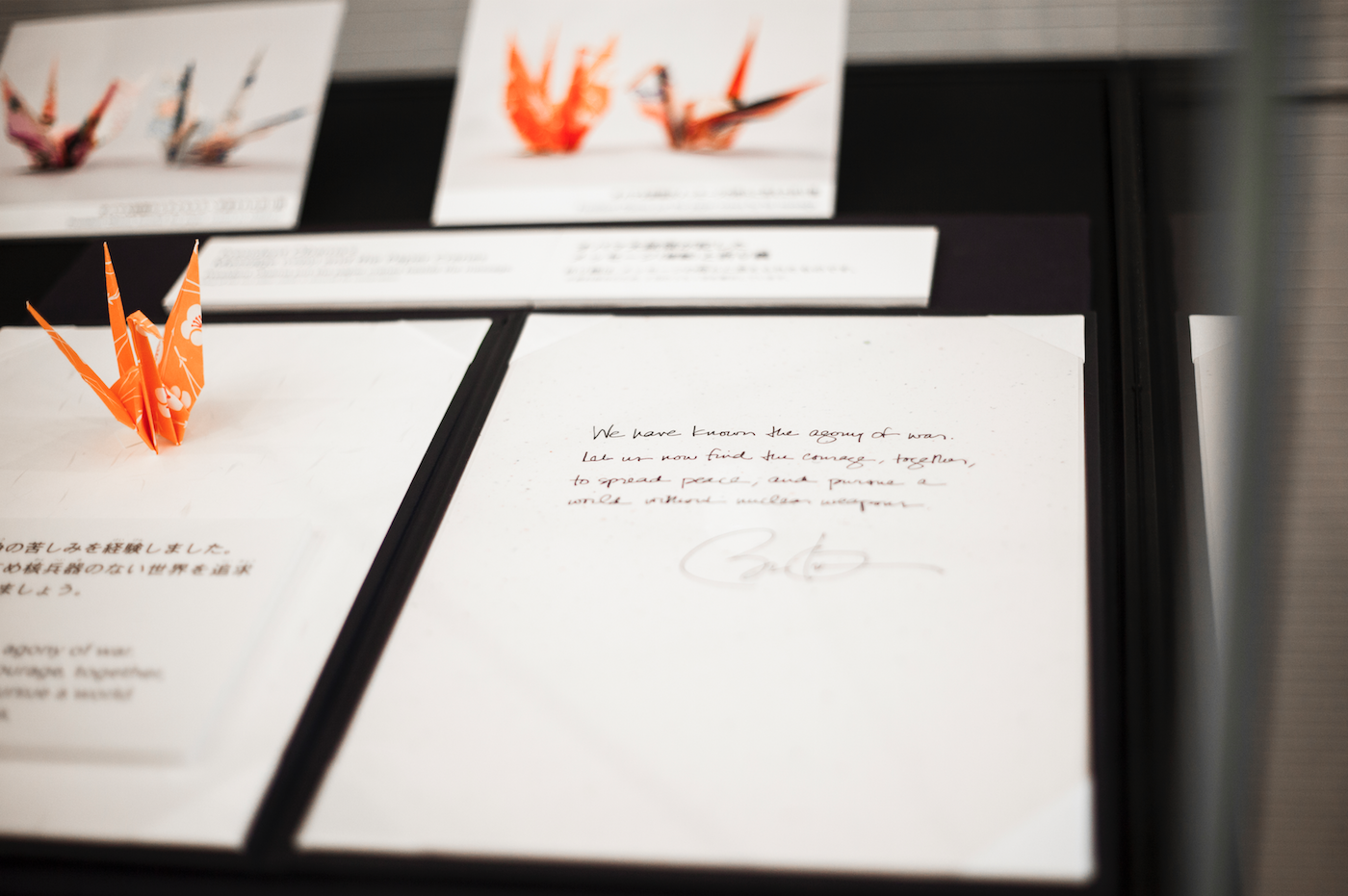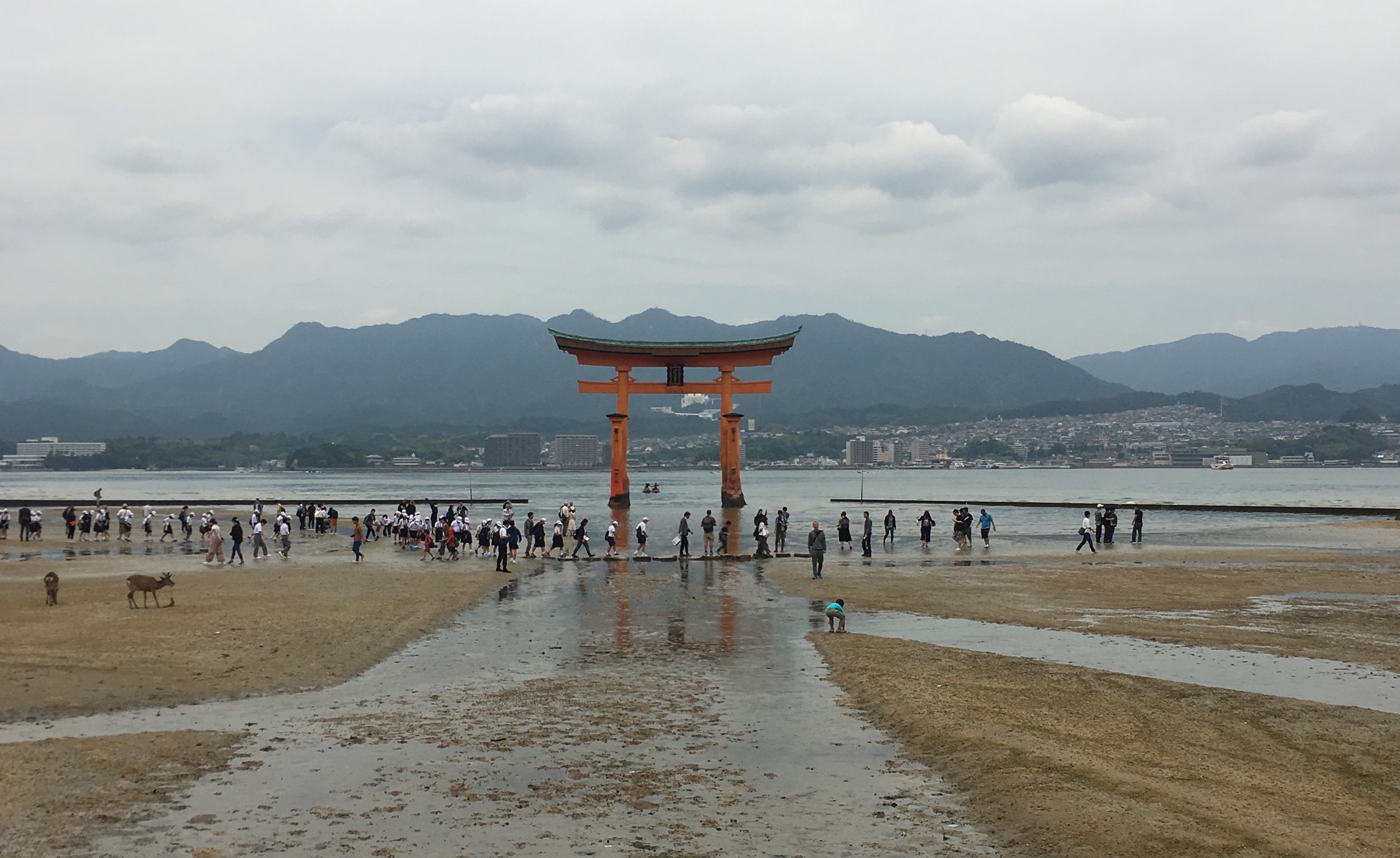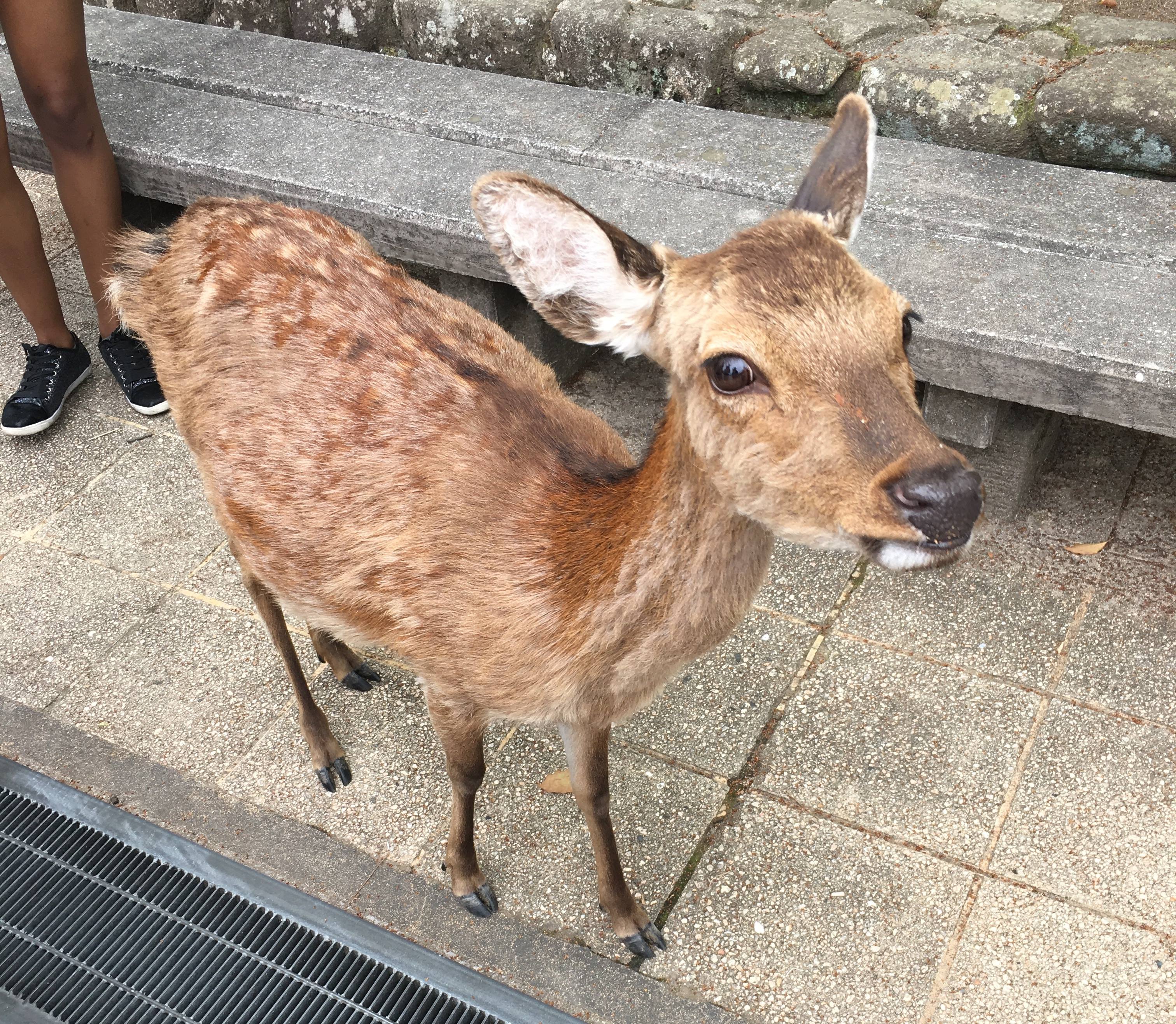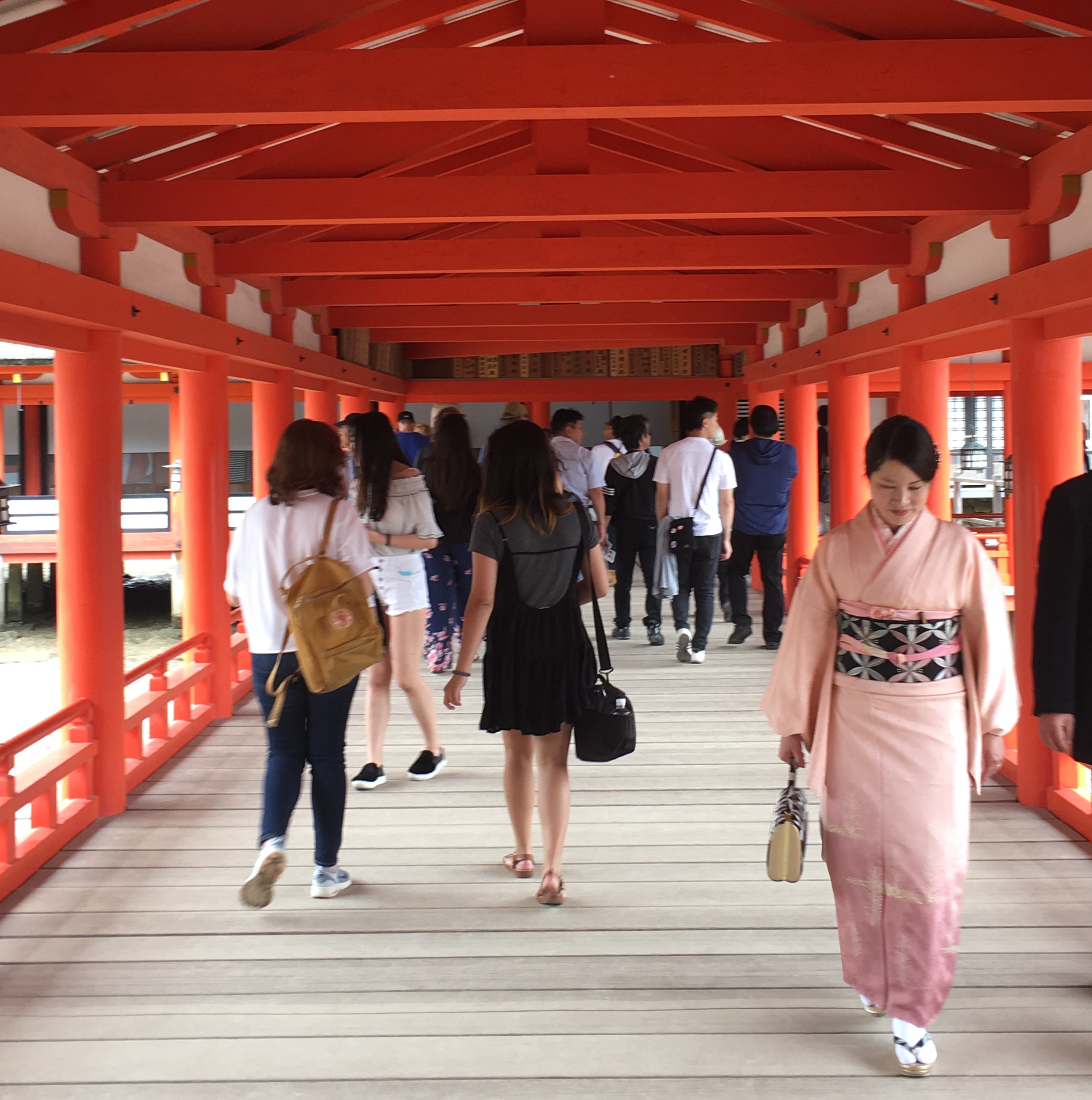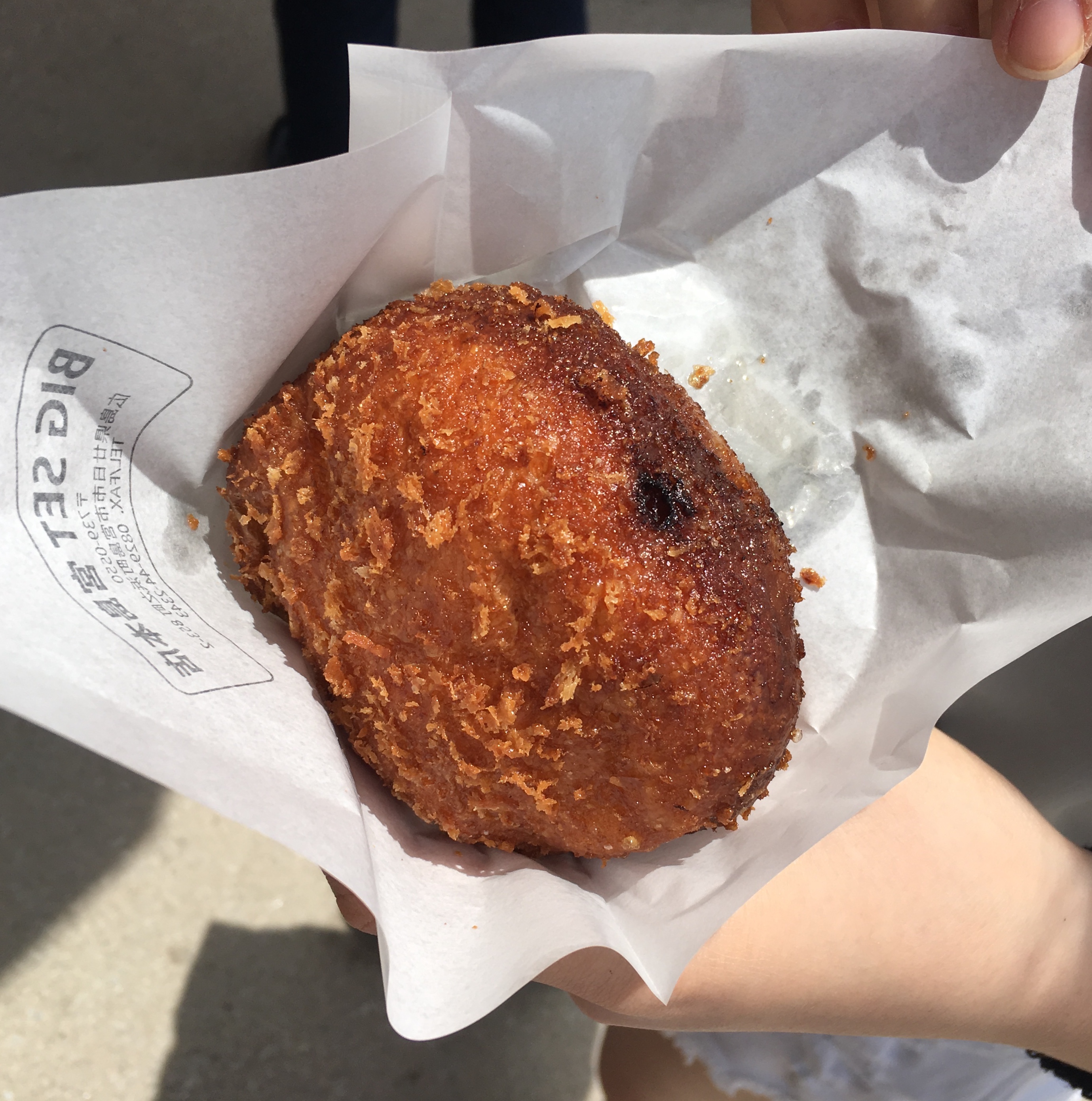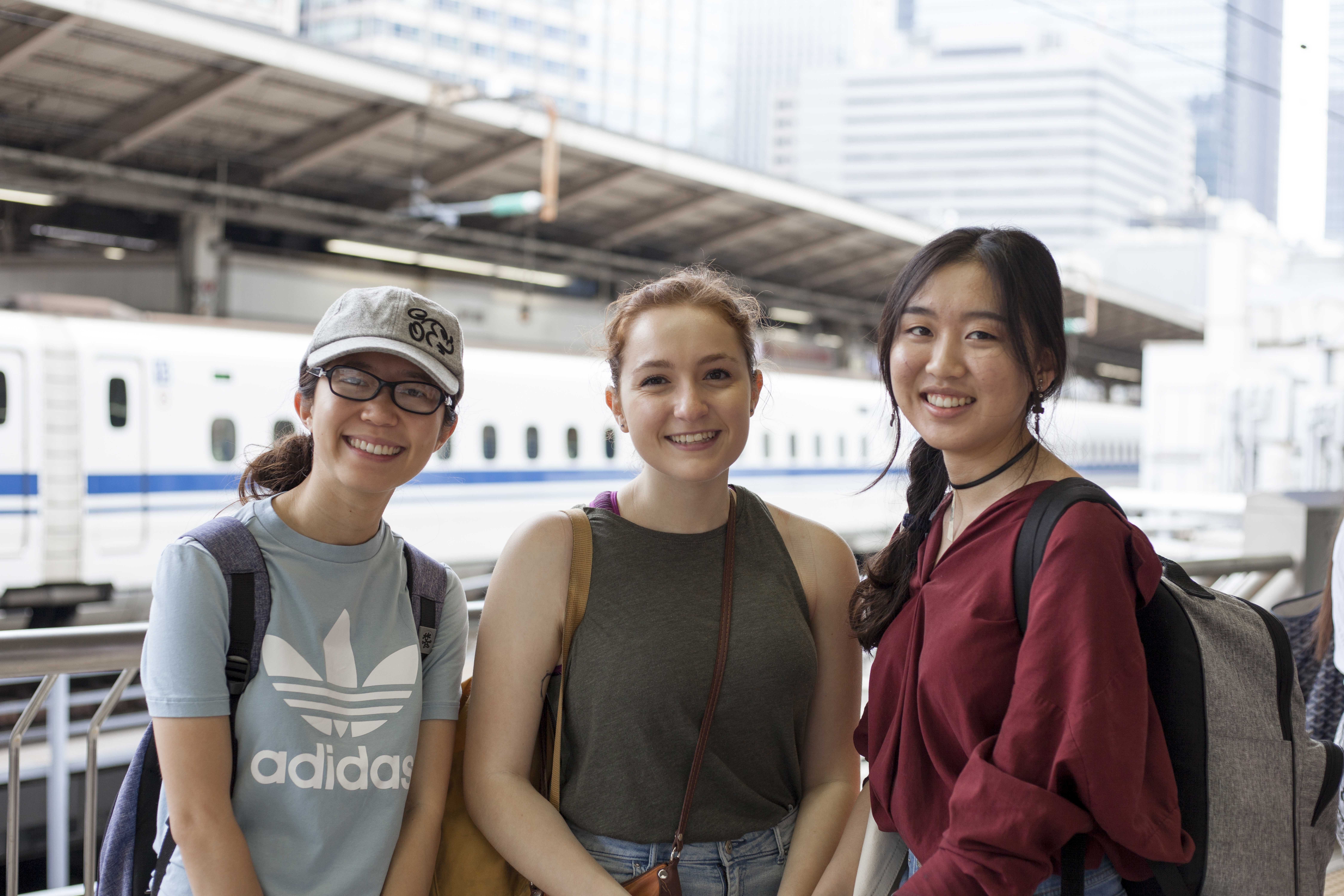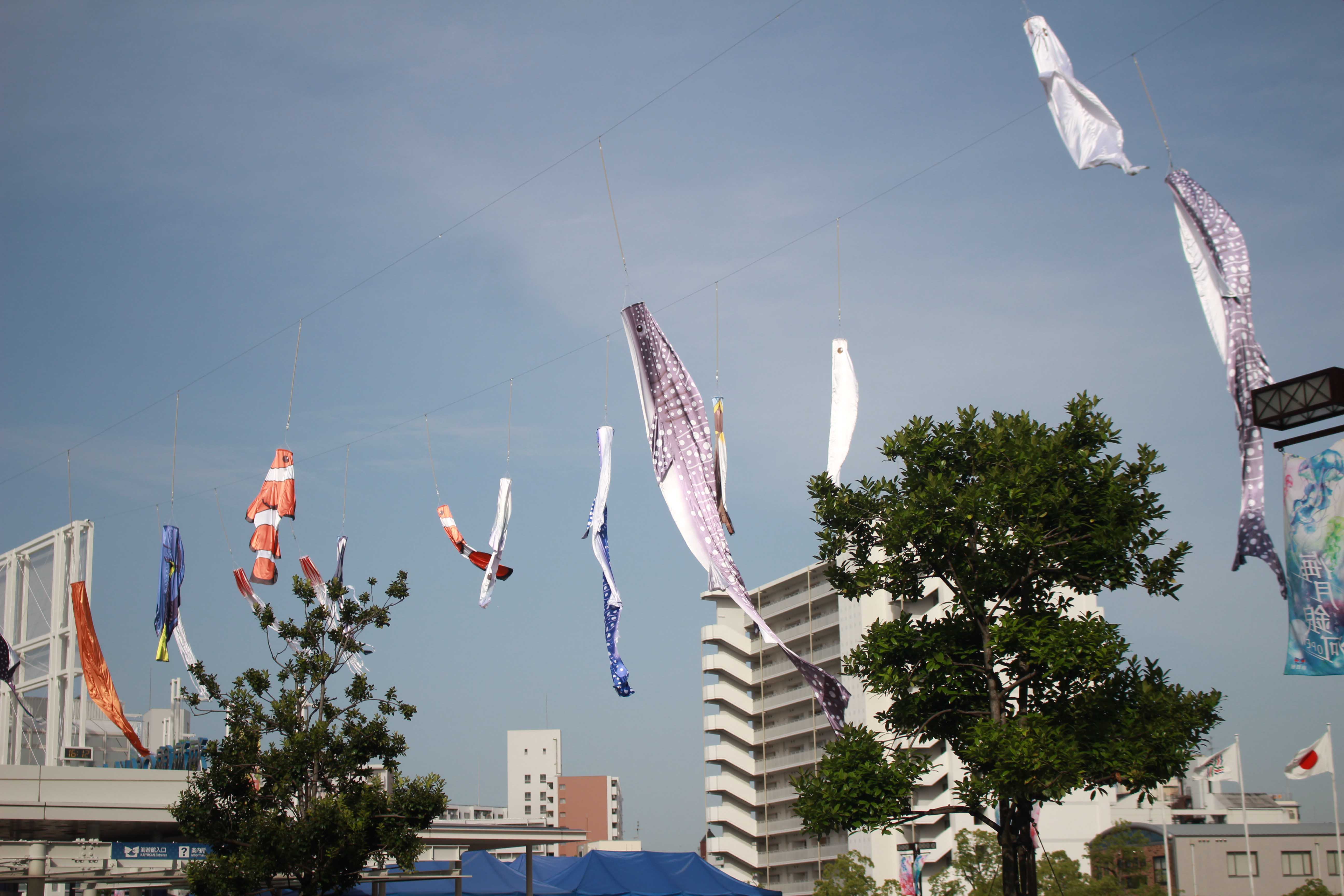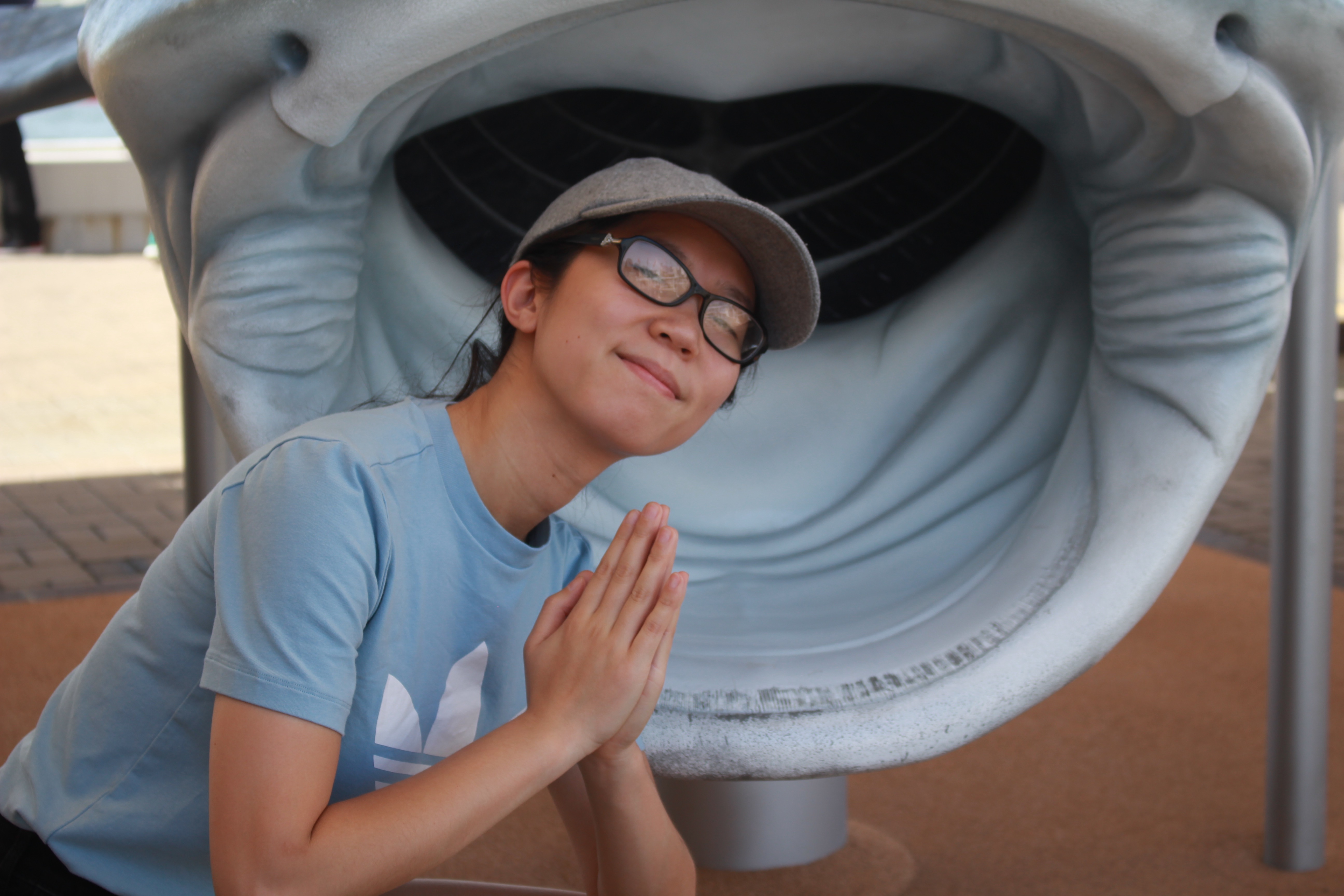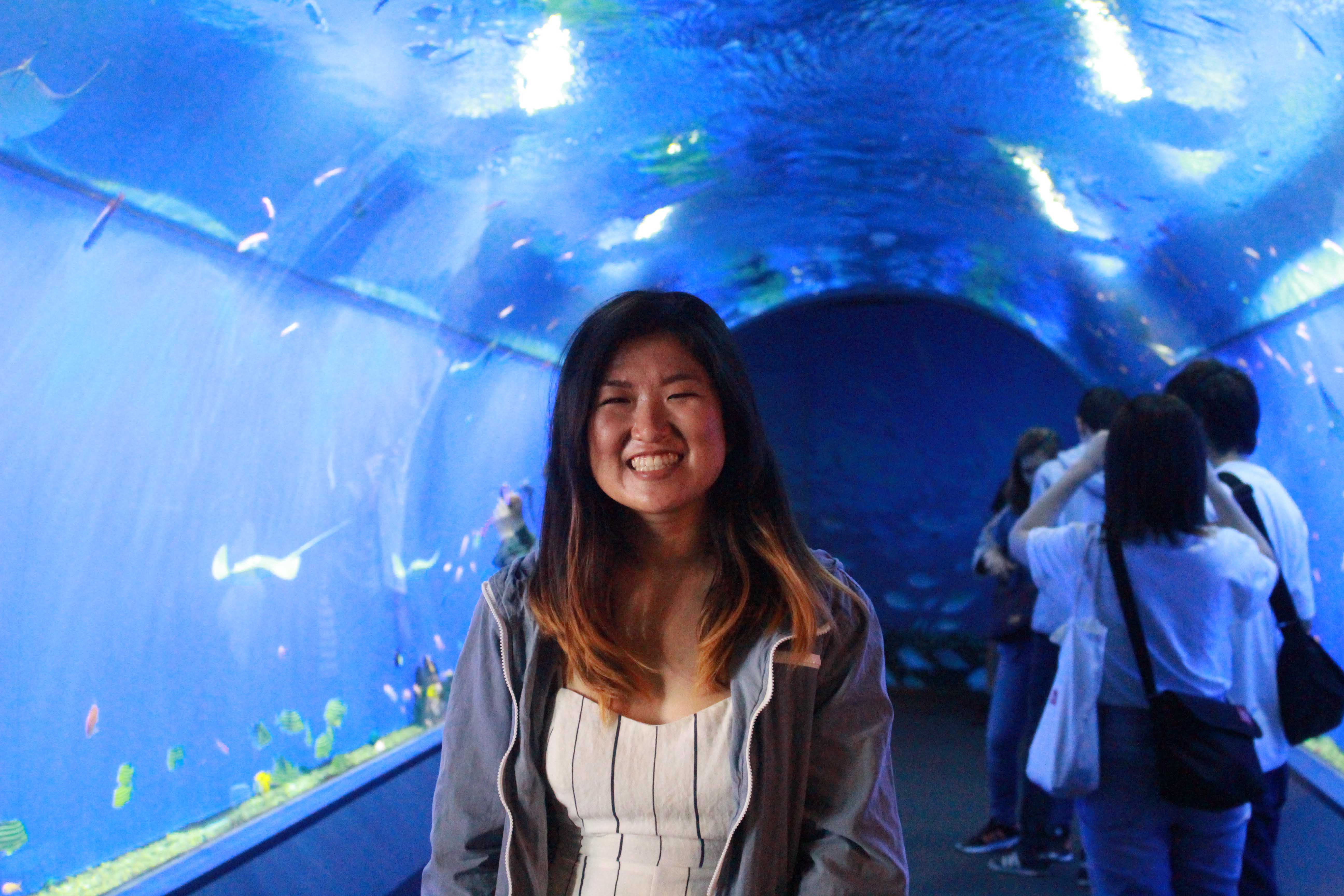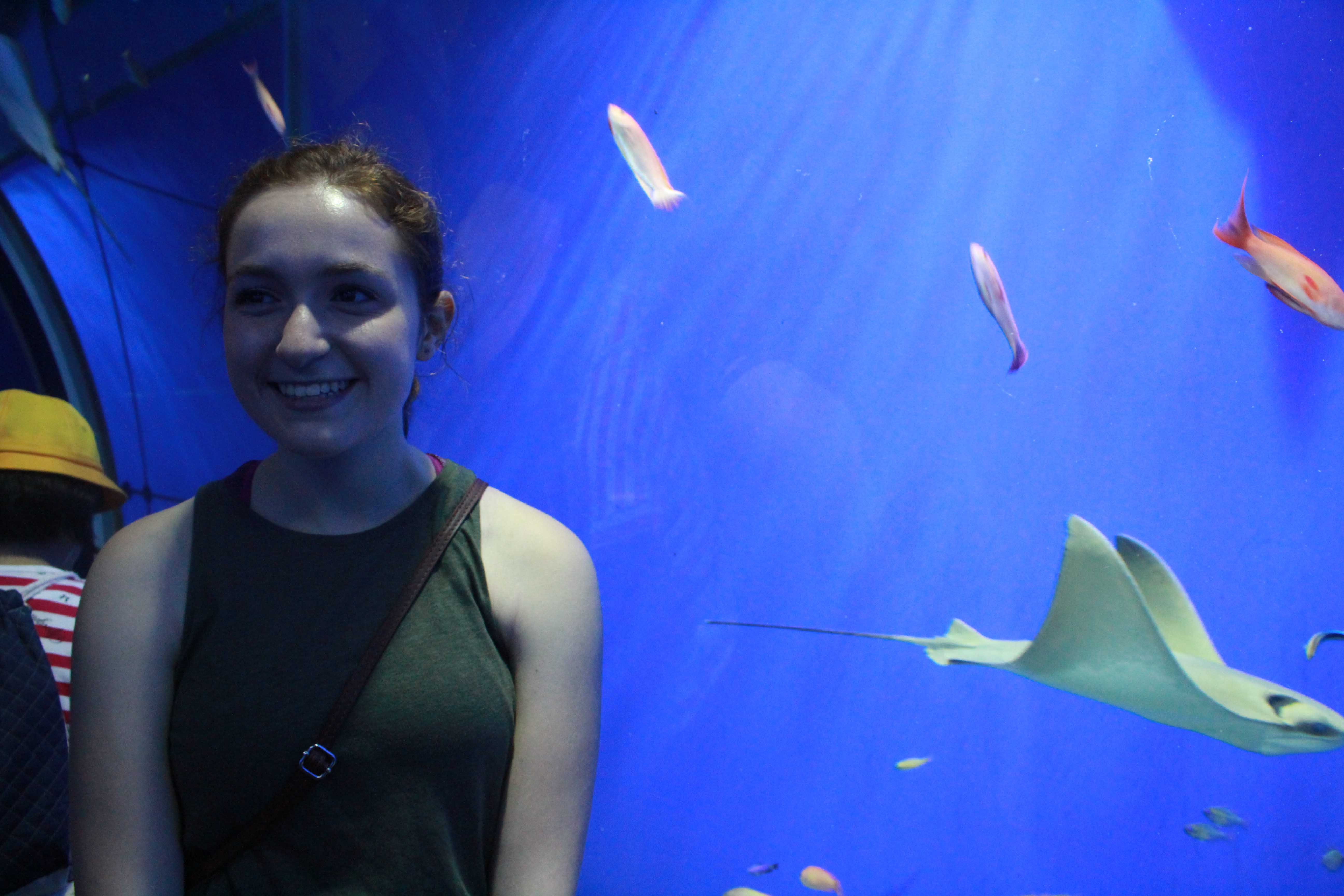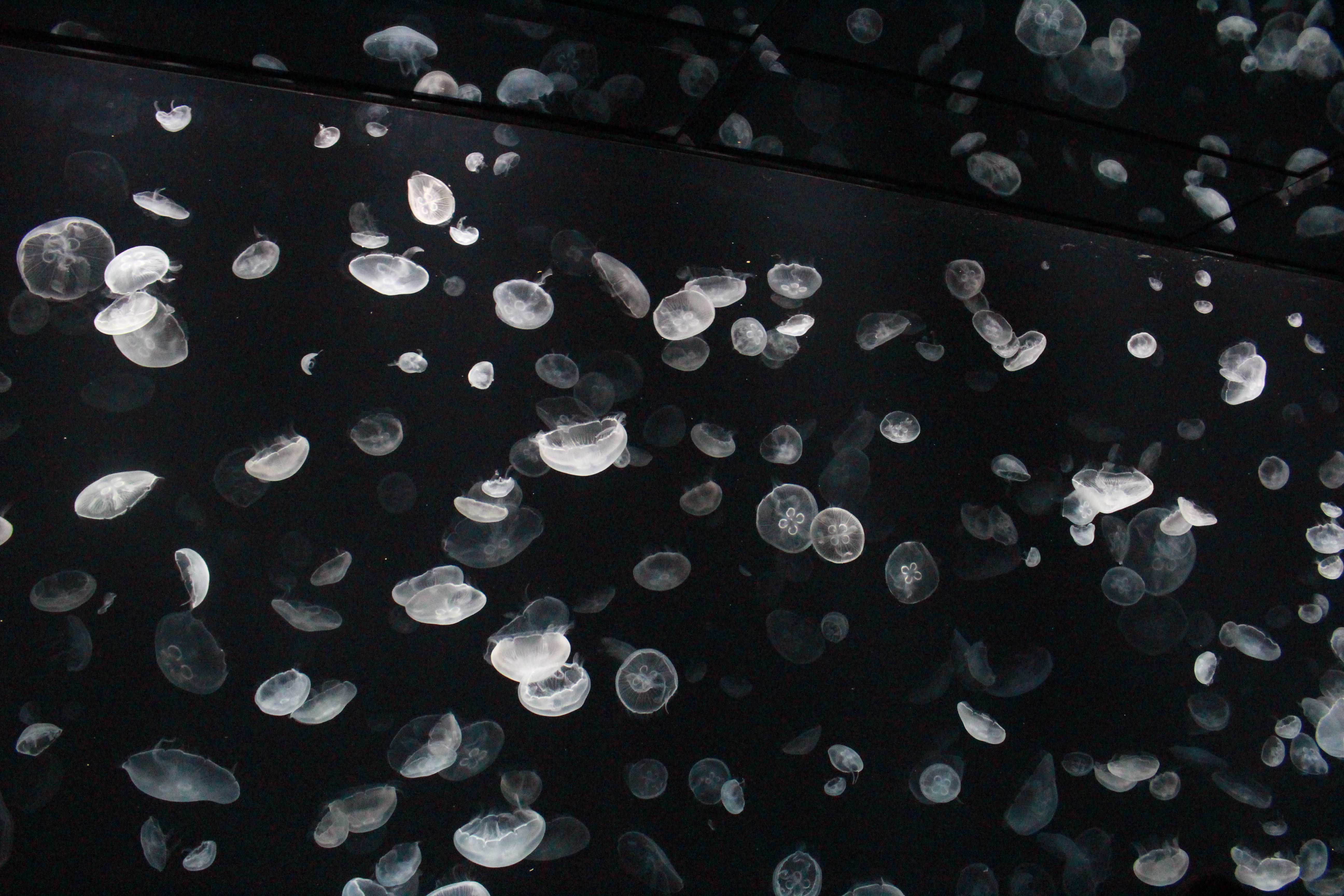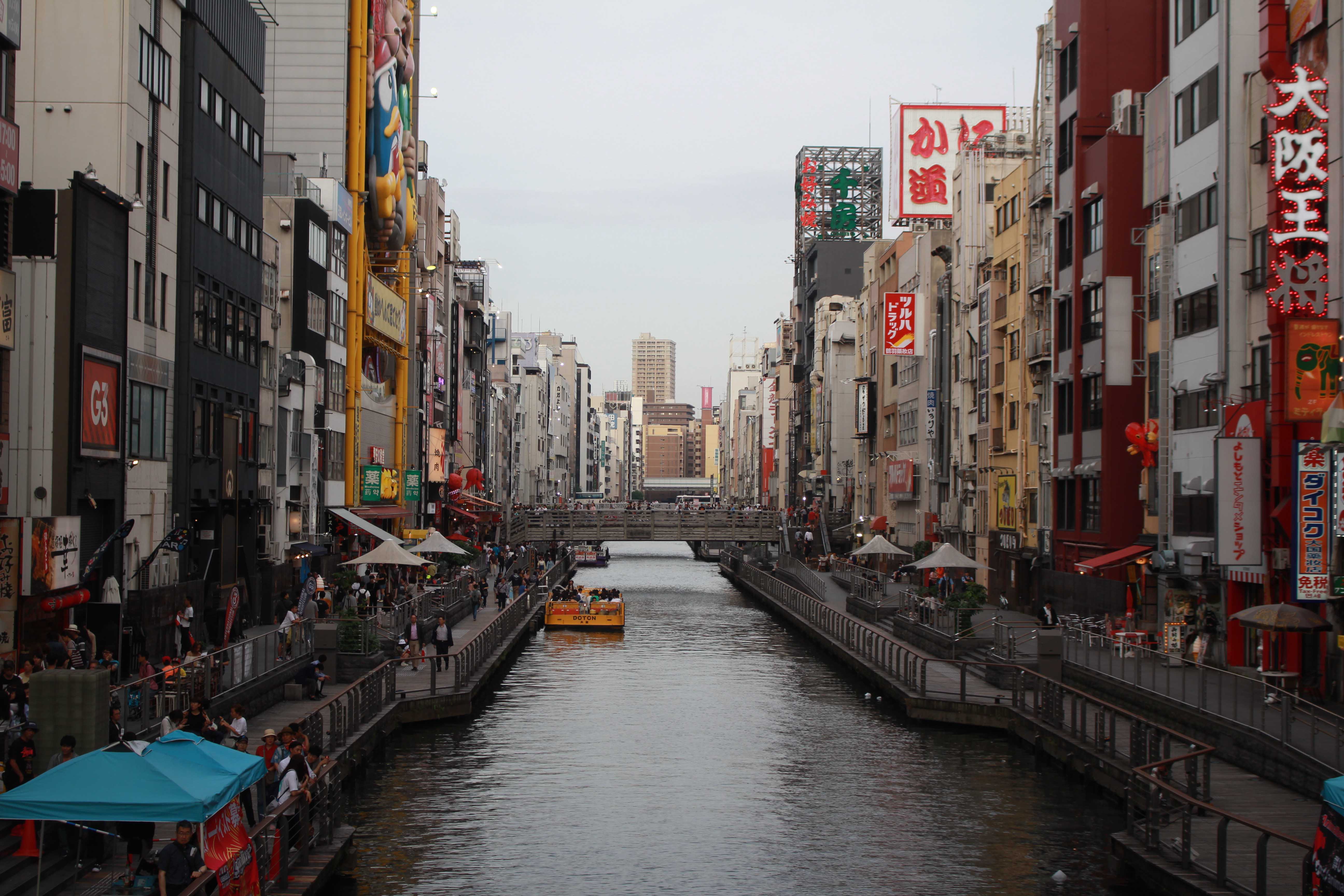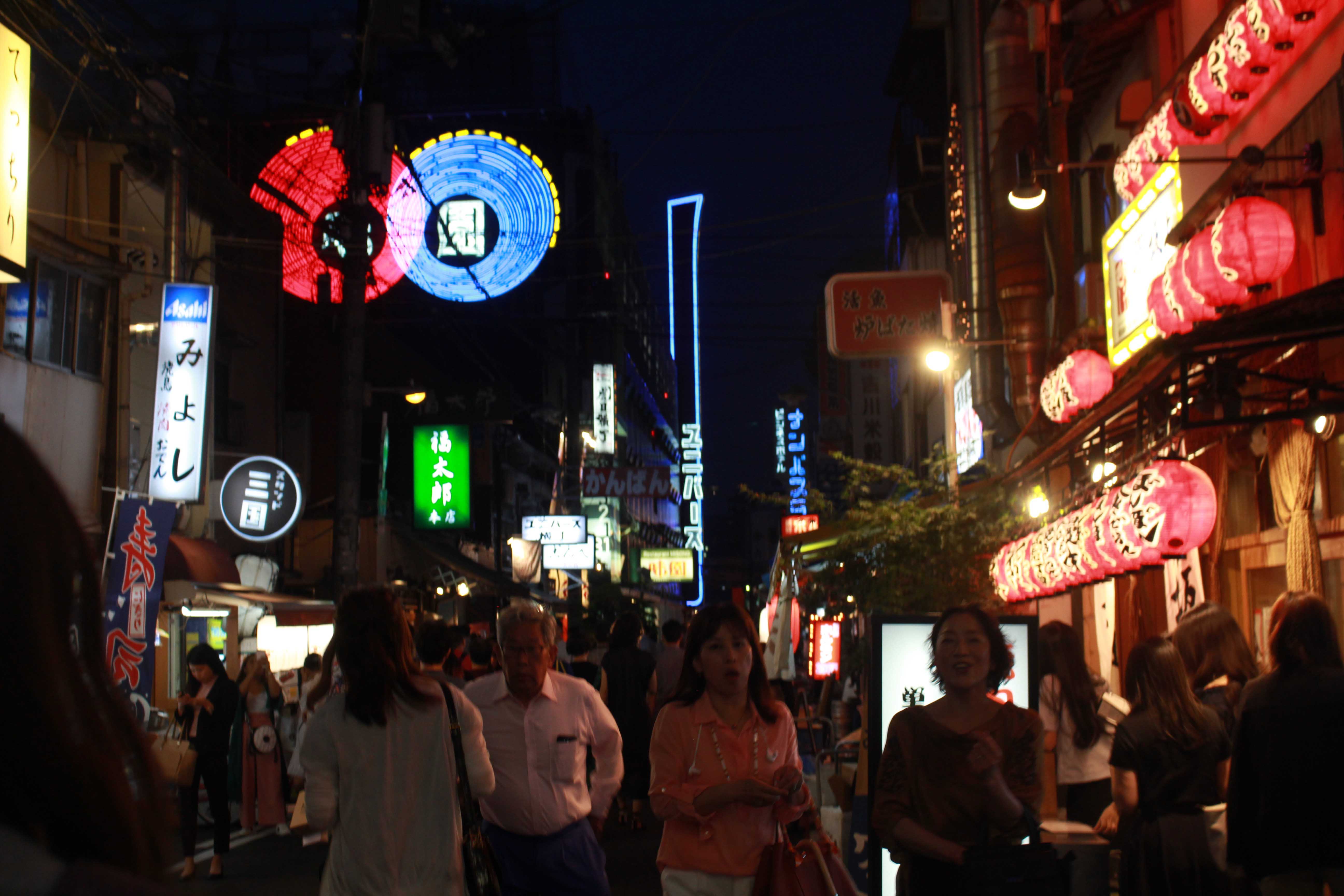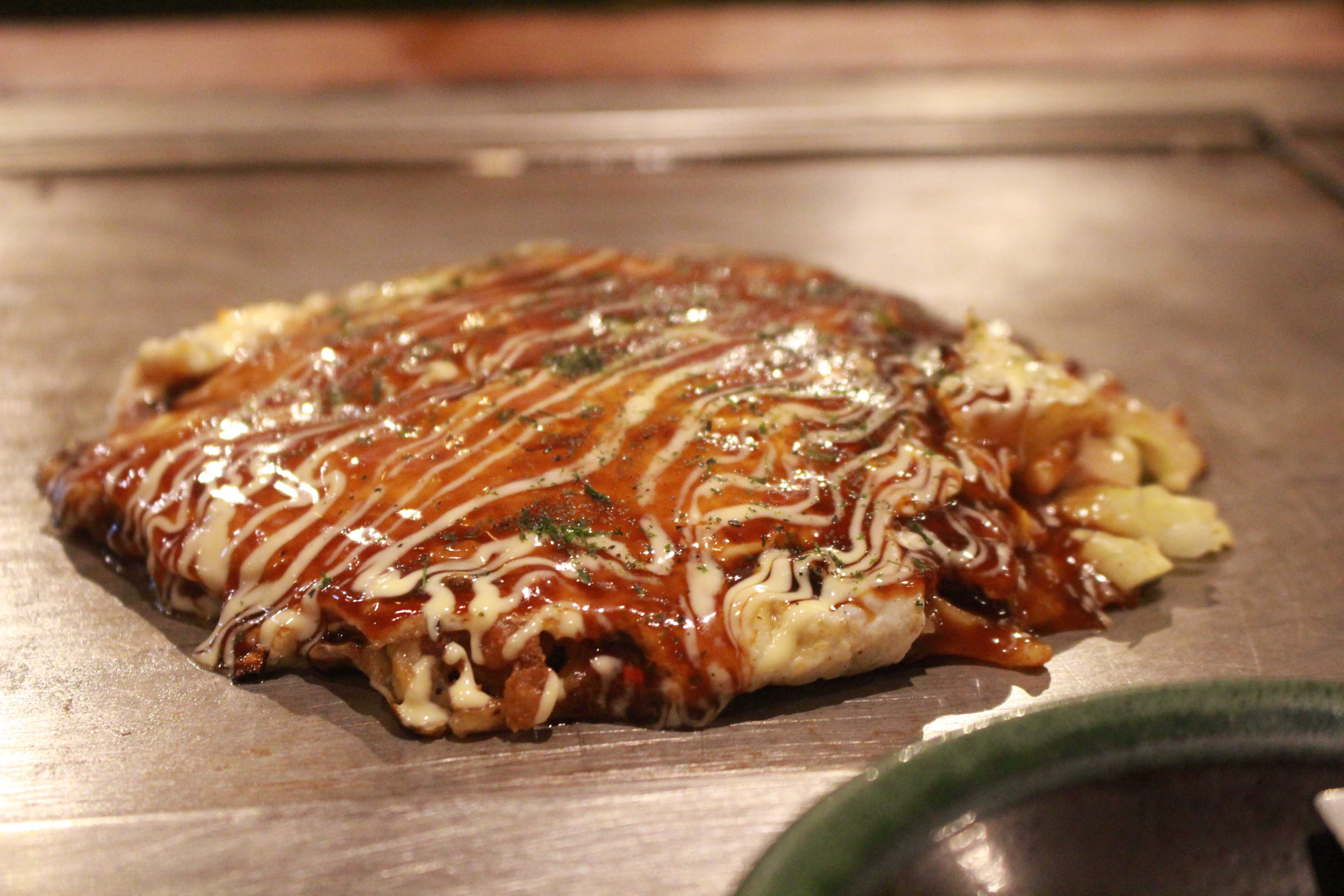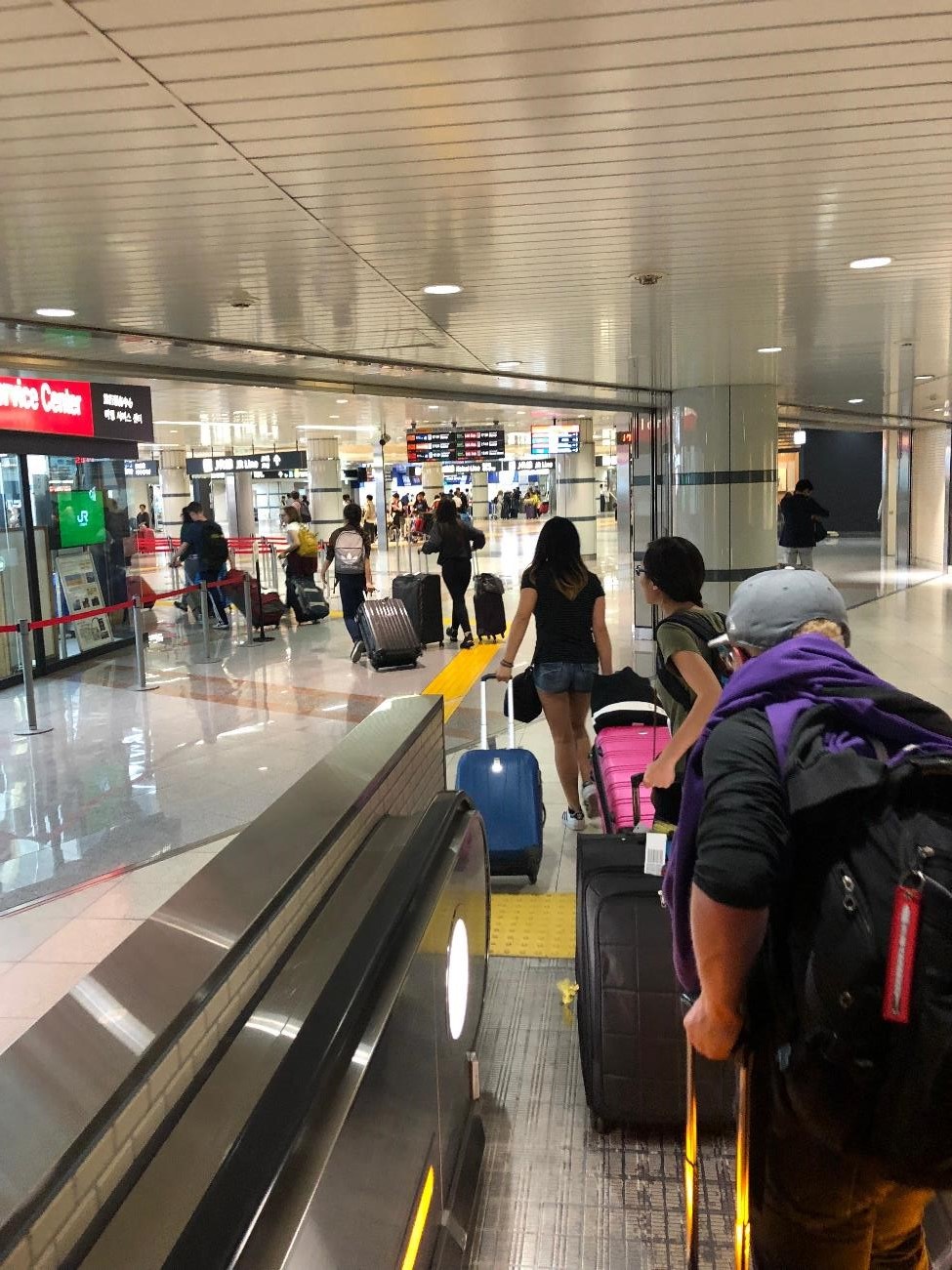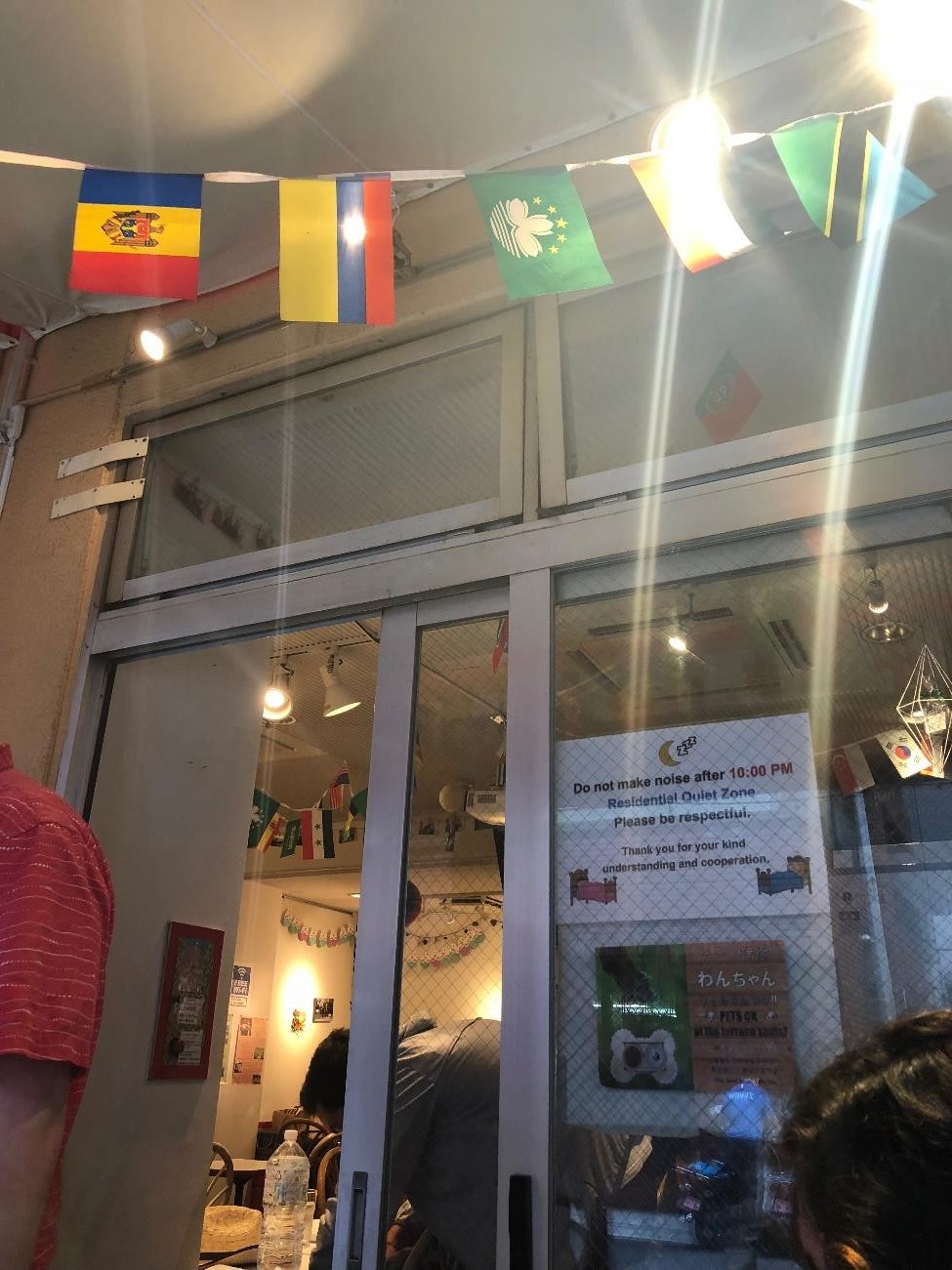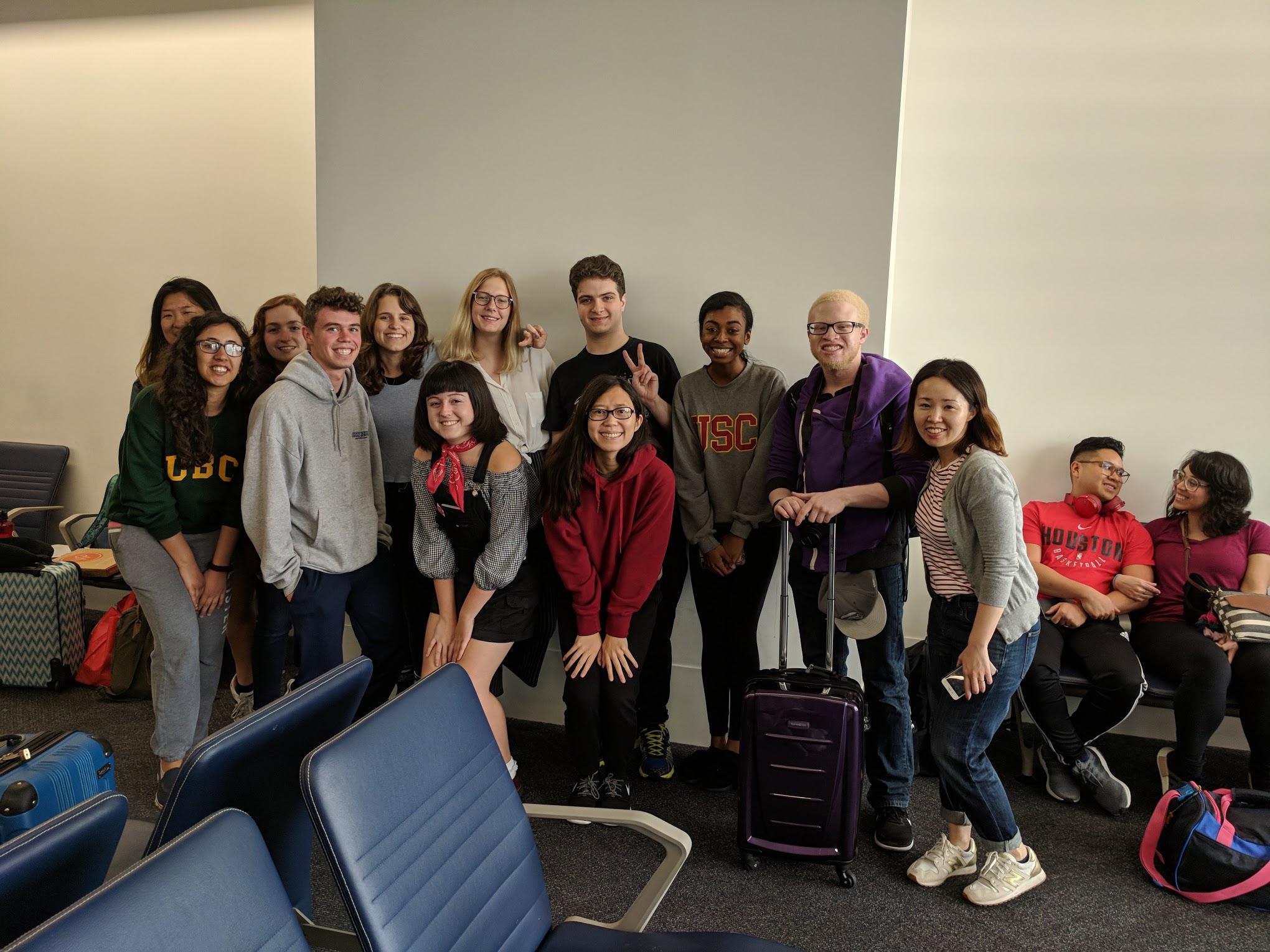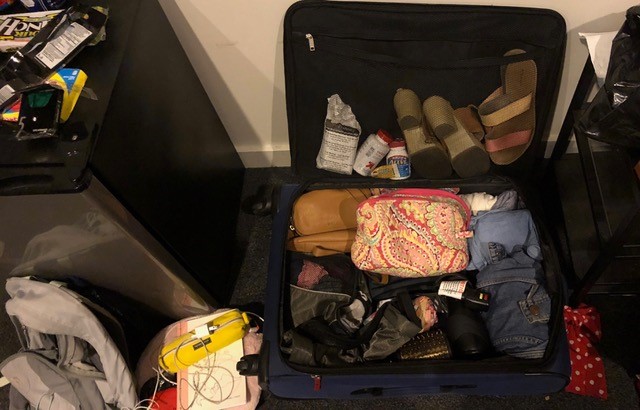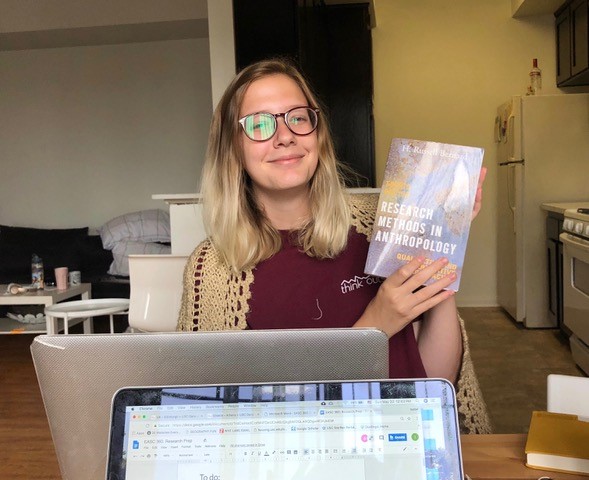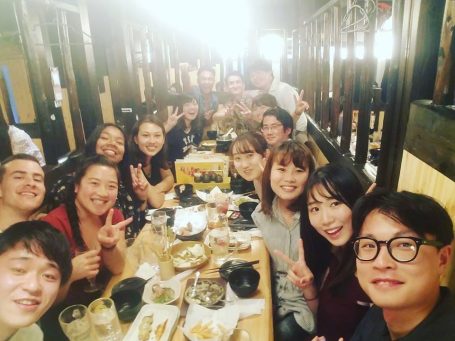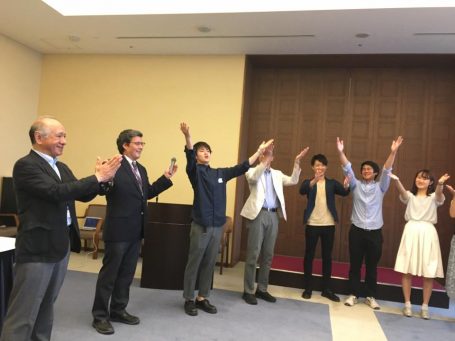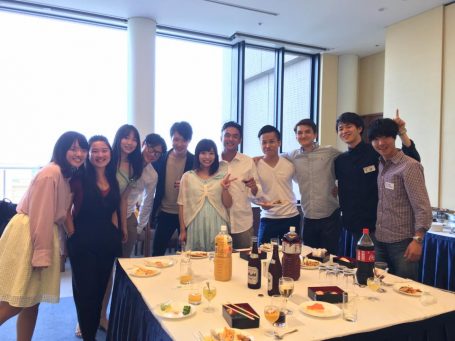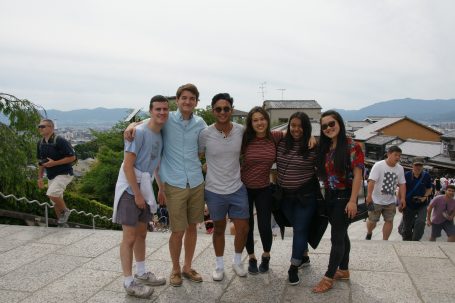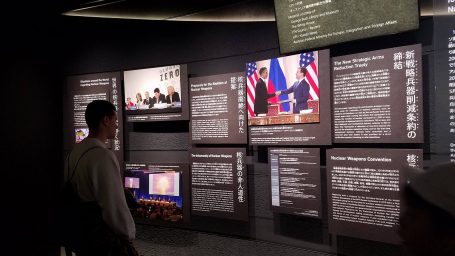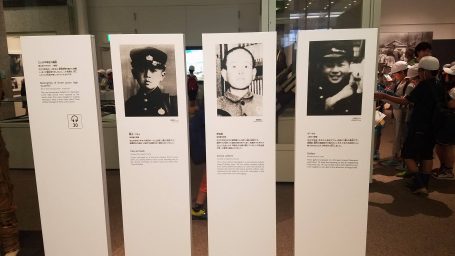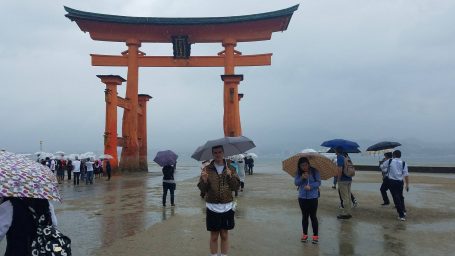By: Yuni Ye
Our second day in Kyoto was sunny and bright. After visiting Hiroshima and Miyajima on the previous day, we were able to get plenty of time to recover from extensive traveling and everyone was excited to explore Kyoto on our free time. Recognized as the tourist capital in Japan, the city of Kyoto distinguished itself from other metropolis with its unique history and numerous temples and shrines. I was able to visit one of those incredibly beautiful shrines – Kamigamo-jinja – in the morning. As the date of our visit to Kyoto actually coincided with the monthly Handicraft Market held at Kamigamo-jinja, the shrine was perfect for both sightseeing and shopping. The Handicraft Market had over 250 stalls all clustered on the east side of the shrine grounds. It was lovely to walk around by the creek looking at different handmade products. I got a cute bracelet as souvenir and visited many food stalls selling handmade cookies and bread.
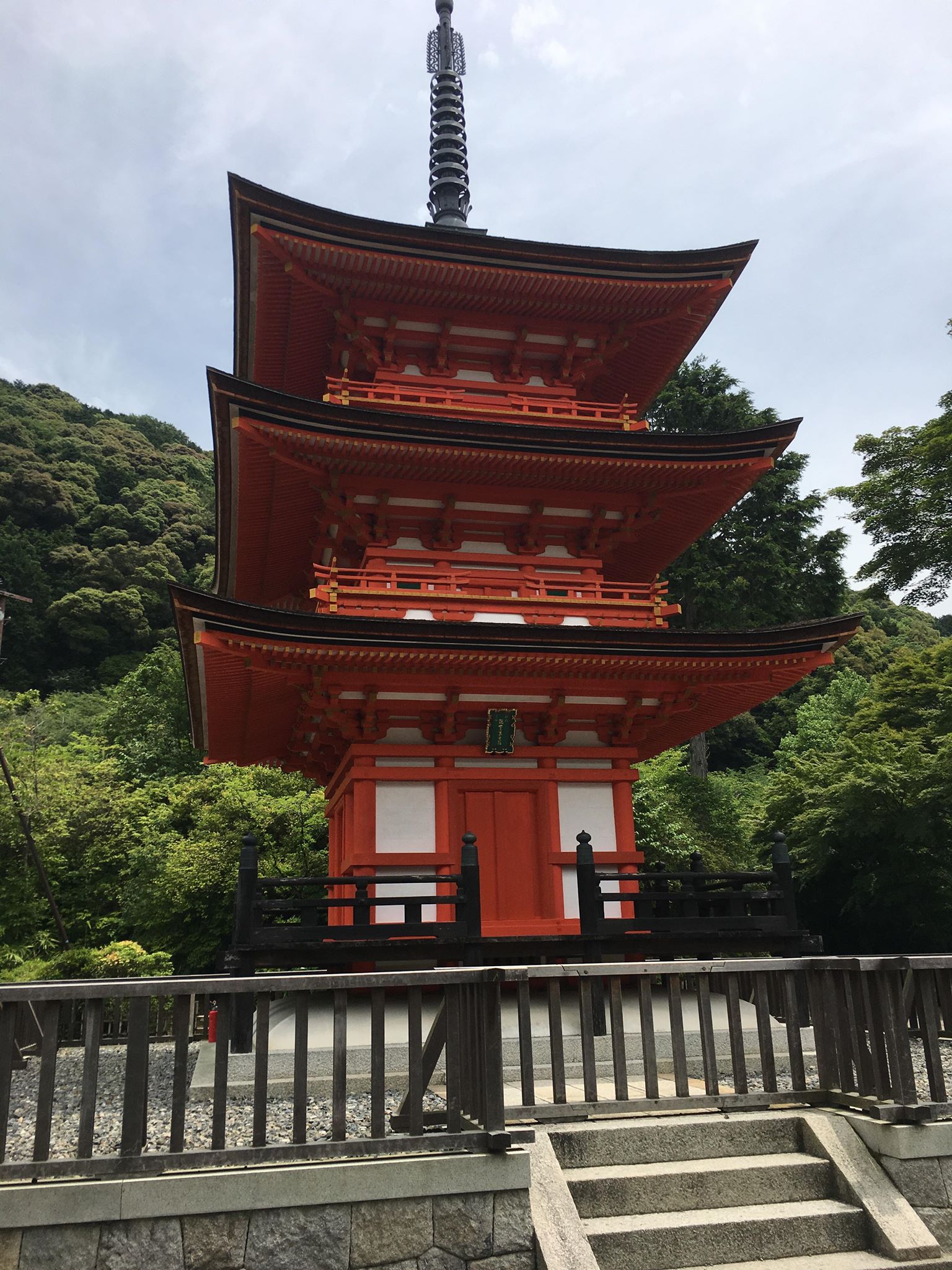
After visiting Kamigamo-jinja in the morning, I went to one of the most-visited temples in Kyoto – Kiyomizu-dera. The temple was said to be a must-see attraction in Kyoto and had a brilliant view across the entire city. Although it was extremely crowded and very much commercialized, the temple did have a wonderful view overseeing the Kyoto city and the temple compound surrounded by trees on the hill certainly looked amazing. Part of the temple compound was going through renovation but we were still able to go inside and appreciate the interior of the main hall. It was also a lot of fun visiting some souvenir shops on the hill outside the temple and getting snacks at different street food stalls nearby. The Matcha cream puff at one of those stalls was by far one of the best desserts I got in Japan.
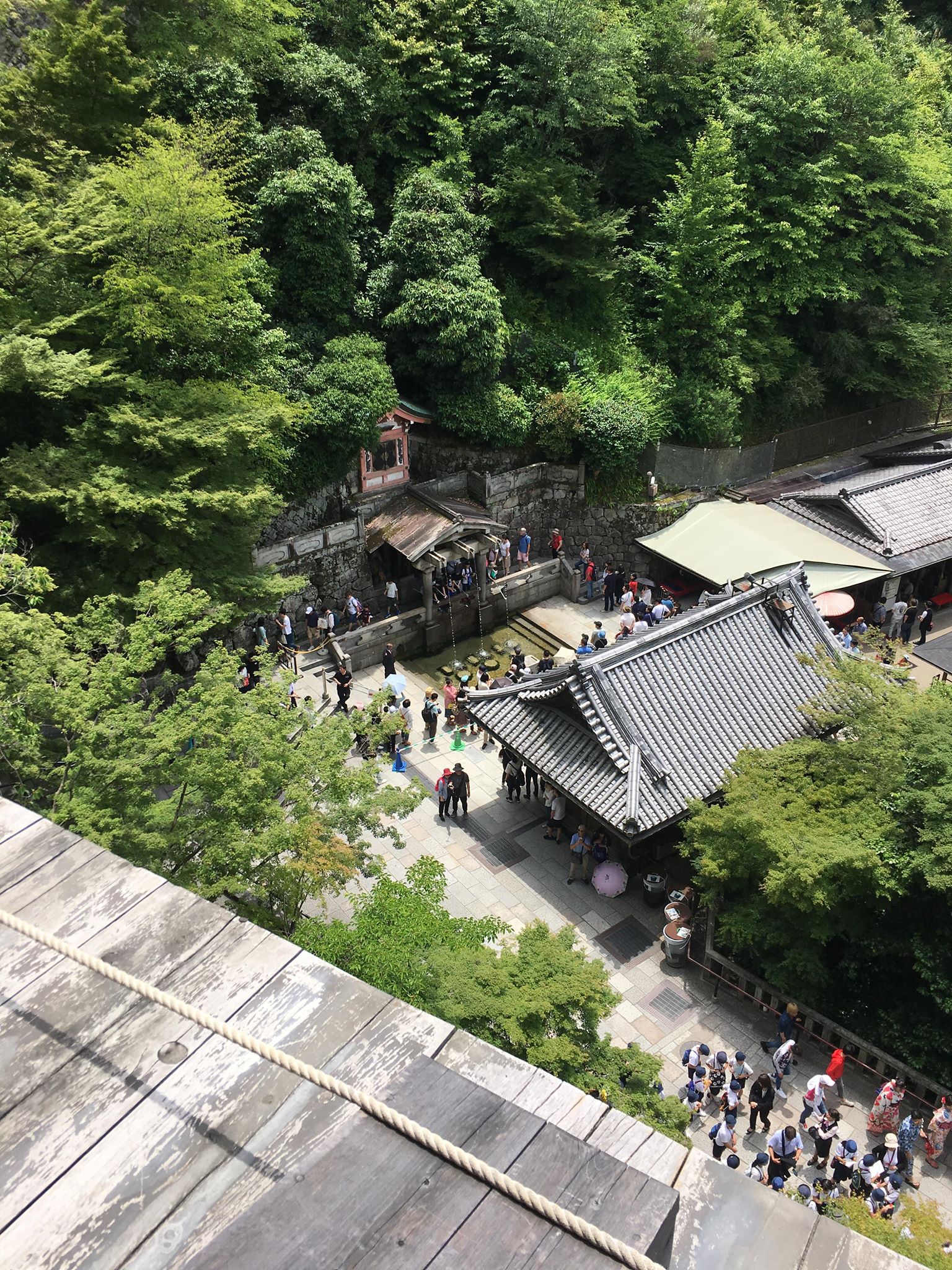
Our group then came back to the Kyoto Station and got lunch at a Chinese gyoza place called 551 Horai inside the department store Isetan. It was located on the underground floor completely occupied by different food stalls selling bento and other Japanese dishes like tempura, katsu and udon. The pork bun and shrimp shumai at the gyoza place were both superb. When we were looking for a place to sit, we ran into an orchestral competition held at the Isetan department store. The participants were all students from different middle schools in the Kyoto area and one of the songs they played was actually from Star Wars. We ended up sitting on the stairs watching the competition and enjoying the music performance while we were eating.
We headed back to Tokyo together at night, taking the bullet train again. I have heard many great things about the Shinkansen in Japan before I went on this trip. But I was still surprised by how fast and comfortable it was. It took us less than three hours to come back to Tokyo from the Kansai area and we got to Sakura Hotel by 10:30 pm. It felt good to be back and I was excited to start doing field research in the city and to meet with our Meiji partners on Monday.

